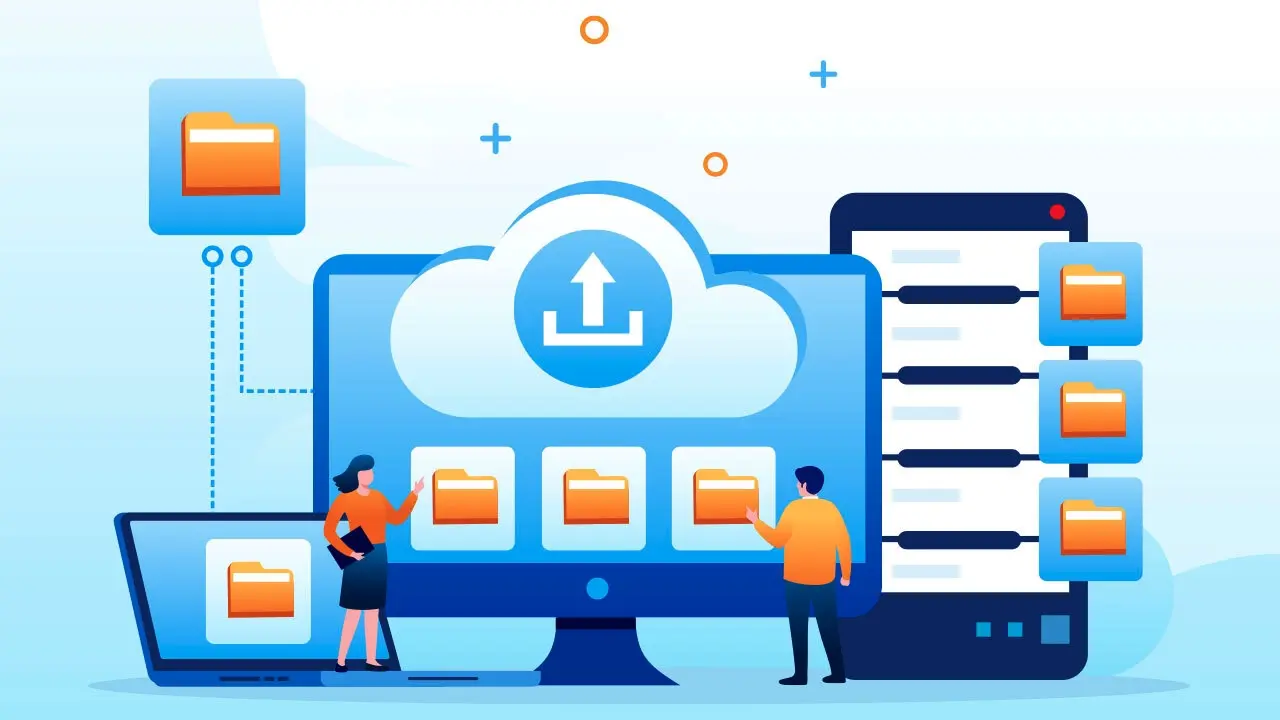In today’s fast-paced world of innovation, turning concepts into tangible products is crucial for staying competitive. 3D prototyping services have revolutionized product development, offering businesses a faster, more cost-effective way to test, refine, and finalize their designs. Whether you’re in the tech, automotive, healthcare, or consumer goods industry, 3D prototyping is a game changer, making it easier than ever to bring your ideas to life.
This article explores the benefits of 3D prototyping, how it works, and how it can accelerate your product development cycle.
1. What is 3D Prototyping?
3D prototyping is a process that involves creating three-dimensional models of a product using additive manufacturing technologies such as 3D printing. This allows designers and engineers to create a physical prototype directly from digital designs, enabling them to assess functionality, test features, and make improvements before moving on to mass production.
3D prototyping is commonly used in various industries, including automotive, healthcare, consumer products, and electronics. It helps businesses save time and money by reducing the need for traditional manufacturing processes and facilitating rapid iterations of product designs.
2. How 3D Prototyping Works
The 3D prototyping process typically involves the following steps:
1. Design the Model
The first step in the process is creating a 3D model of the product using CAD (Computer-Aided Design) software. Designers and engineers work to develop a detailed digital model of the product, which includes measurements, materials, and features. The model must be precise to ensure the prototype will function as intended.
2. Prepare for Printing
Once the design is finalized, the 3D model is converted into a file format that can be read by the 3D printer, such as STL (stereolithography). The file is then processed by slicing software, which divides the 3D model into thin layers. This step is critical for ensuring the prototype is printed accurately.
3. Printing the Prototype
The 3D printer uses the digital file to create the prototype layer by layer. Depending on the type of 3D printer and materials used, the process can take anywhere from a few hours to several days. There are several types of 3D printing technologies, including:
- FDM (Fused Deposition Modeling): A popular and cost-effective method where plastic filament is melted and extruded to build layers.
- SLA (Stereolithography): A more precise method using liquid resin that hardens under UV light.
- SLS (Selective Laser Sintering): Uses a laser to fuse powder materials (such as plastics, metals, or ceramics) into solid objects.
4. Post-Processing
After the prototype is printed, it may require some post-processing, such as cleaning, smoothing, or adding finishing touches. Depending on the material used and the level of detail required, post-processing can range from simple sanding to more complex finishing techniques like painting or assembly.
3. Benefits of 3D Prototyping Services
1. Speed and Efficiency
Traditional prototyping methods often involve lengthy production times, especially when multiple iterations are required. 3D prototyping drastically reduces the time it takes to create physical prototypes, allowing for faster testing, design adjustments, and quicker time-to-market.
2. Cost-Effectiveness
3D prototyping can be far more affordable than traditional manufacturing methods. It eliminates the need for expensive molds, tooling, or specialized equipment. Additionally, because prototypes can be created directly from digital files, businesses only pay for the materials and printing time, making it a cost-effective solution for small batches or one-off prototypes.
3. Rapid Iteration
In the traditional product development cycle, creating new prototypes typically requires substantial lead times and costs. With 3D prototyping, businesses can quickly produce multiple iterations of a design, test them, and make modifications based on real-world feedback. This iterative approach ensures that the final product is refined and optimized before entering mass production.
4. Improved Product Design
By providing a physical model of a product early in the design process, 3D prototyping allows designers and engineers to identify potential issues or flaws that might not be evident in a 2D drawing or CAD model. This helps improve the overall functionality, usability, and aesthetics of the product.
5. Design Flexibility
3D prototyping services offer unparalleled design flexibility. With 3D printing technologies, it’s easier to create complex geometries, intricate details, and customized features that would be difficult or impossible to achieve using traditional manufacturing techniques.
6. Enhanced Collaboration and Communication
Having a tangible prototype allows teams to collaborate more effectively, making it easier to discuss design changes, material choices, and other aspects of the product. Clients and stakeholders can see and interact with the prototype, leading to more informed decisions and smoother development processes.
4. Industries Benefiting from 3D Prototyping
1. Automotive
The automotive industry relies heavily on 3D prototyping to test new designs for parts, components, and systems. Prototypes can be quickly produced to test fit, form, and function, reducing the time it takes to bring new vehicles to market. In addition, 3D printing allows manufacturers to create complex parts with reduced weight and material usage.
2. Healthcare
In healthcare, 3D prototyping plays a critical role in creating customized implants, prosthetics, and medical devices. By printing patient-specific models, surgeons can practice procedures and ensure a better fit for the patient, improving outcomes and reducing surgery times.
3. Consumer Goods
From electronics to household products, consumer goods manufacturers use 3D prototyping to test out new designs, create packaging prototypes, and refine the overall user experience. The rapid prototyping process enables companies to create and test innovative products in less time.
4. Aerospace
Aerospace companies utilize 3D prototyping to create lightweight, durable parts and components for aircraft and spacecraft. Prototypes are essential for testing aerodynamics, fit, and material performance, helping to optimize designs before production.
5. The Future of 3D Prototyping
As technology continues to advance, 3D prototyping services are becoming more accessible, faster, and more precise. The rise of metal 3D printing, improved software, and multi-material printing technologies are pushing the boundaries of what can be achieved in prototyping. This will undoubtedly lead to even more cost-effective and innovative solutions for industries across the board.
The ability to rapidly prototype and produce functional parts is also paving the way for mass customization, where products can be tailored to individual consumer needs without sacrificing efficiency or cost.
Conclusion
3D prototyping services have become indispensable tools for product development, enabling faster design cycles, reduced costs, and improved product quality. By leveraging advanced 3D printing technologies, businesses can rapidly bring their ideas to life, iterate on designs, and accelerate time-to-market. Whether you’re developing the next big tech gadget, a revolutionary medical device, or a consumer product, 3D prototyping is the key to turning your vision into a reality.






